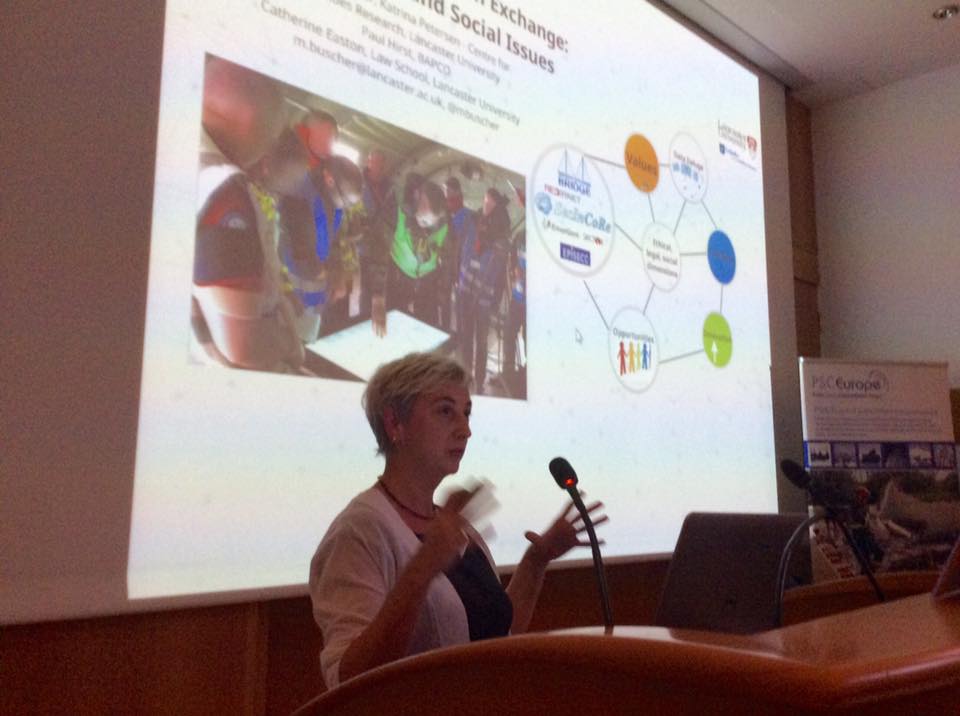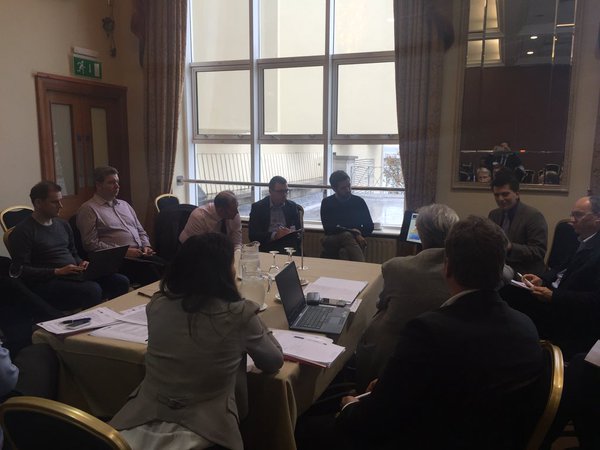SecInCoRe started with an intense schedule to set the foundation for successful studies in the upcoming years. After three months of cooperation, the team submitted its first public deliverable – Deliverable D2.1 Overview of Disaster Events, Crisis Management Models and Stakeholders provides a first overview of disaster events, crisis management models, and stakeholders. The deliverable is available on the web site (see list of recent publications), feedback is more than welcome!
The work documented here begins to develop criteria for the kinds of disaster events that would be useful to include in a pan-European inventory that forms the basis for the design of a common information space and the kind of information about the disasters that should be incorporated. The aim is to assemble an initital list of categories, definitions and criteria for the production of a pan-European disaster inventory and to develop a deeper understanding of the context in which the SecInCoRe project is to make a productive, ethically, legally and socially circumspect, innovative and useful contribution to collaborative and cross-border disaster response. The insights, categories, and definitions for the inventory developed in this deliverable are produced through a mixed methods approach that combines literature reviews with reviews of existing disaster databases, analyses of disaster events, crisis management models and stakeholders undertaken by members of the project consortium in previous collaborative national and EU projects, and construction of a selective collection of reports about disaster events across Europe and relevant non-European disasters.
At the heart of the document is a series of 20 case studies structured by an information template we have designed based on a comparative analysis of the case studies, literature reviews and practitioner incident report sheets. The categories in this template capture a varying range of information about the disaster, including stakeholders, crisis management models, types of data used or needed, problems encountered, lessons learned and general overviews and timelines of past disaster responses. From these case studiescases and the literature reviews we have conducted, we have identified a set of core themes and insights into collaboration difficulties, communication problems, and information needs – especially inter-agency and cross-border response efforts in relation to major incidents, serious or catastrophic emergencies and disasters. These themes are discussed in relation to one another in chapter three, and they generate a first list of relevant factors to consider when developing a research programme for the Pan-European inventory of disaster events, including crisis management models and processes, information flows, stakeholders, business models and ethical, legal, and social issues (ELSI). Drawing on the case studies as well as relevant academic literature, some key lessons learned and ELSI are identified so they can help structure the inventory design with a view to supporting the creation and use of common information spaces by practitioners, supported by advanced ICT, including the SecInCoRe secure dynamic cloud concept for information, communication and resource interoperability.
The document ends with a first conceptualization of potential shapes the SecInCoRe Pan-European inventory might take, who its users might be, and what modes of use they may bring to the inventory. There are four main ideas, ranging from a more qualitative database of past disasters to complement existing database resouces such as the Emergency Events Database (EM-DAT), the CAST project Database on Emergency Response Major Incidents (DERMI), the European Major Accident Reporting System (EMARS), ARIA: Lessons Learnt From Industrial Accidents and ZEMA Informationssystem zum Stand der Sicherheitstechnik (Information System about the Status of Safety Technology) to a community resource, gateway, and library of potentially useful information systems and data-sets. These concepts directly respond to the challenges, gaps and problems identified in this overview of disaster events, crisis management models, stakeholders and cross cutting ELSI. They are meant to contribute to the design of technological solutions and a conceptual integration of technologies that can support construction of common information spaces and enable first responders to cooperate more effectively, to mobilise and utilise relevant stakehoders and information dynamically and to practice situated and ‘just-in-time’ learning.
The work presented first of all provides input for the development of a Pan-European Inventory, including:
- A first set of contents for the Pan-European Inventory along with criteria for what disasters and details will be useful to include in such an inventory
- A deeper understanding of the user needs the inventory responds to, the socio-technical context into which the inventory should fit, and opportunities and challenges for its design and implementation that match these needs and contexts.
It also contributes to the other three high-level objectives of the project, by providing:
- A baseline overview of current practices and current difficulties of establishing and utilising Common Information Spaces,
- Insight regarding current (and future!) technological limitations, user needs, and affordances for Conceptual Integration of Available Technology
- A first set of criteria to evaluate the usefulness of SecInCoRe socio-technical innovation as part of the Validation and Evaluation efforts in the project.










